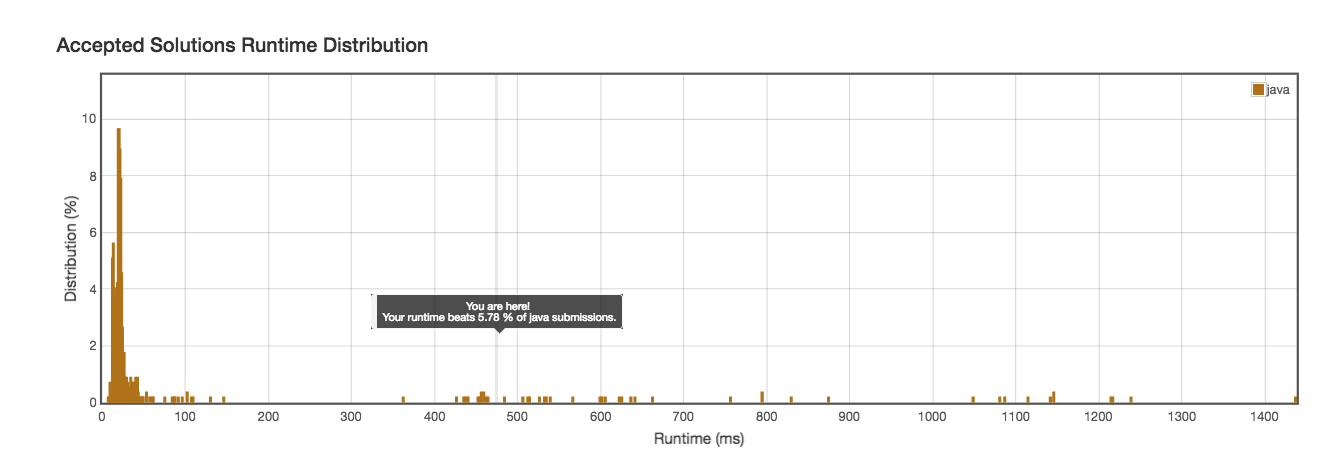Description
leetcode 418
Given a rows x cols screen and a sentence represented by a list of non-empty words, find how many times the given sentence can be fitted on the screen.
Note:
A word cannot be split into two lines.
The order of words in the sentence must remain unchanged.
Two consecutive words in a line must be separated by a single space.
Total words in the sentence won’t exceed 100.
Length of each word is greater than 0 and won’t exceed 10.
1 ≤ rows, cols ≤ 20,000.
Example 1:
Input:
rows = 2, cols = 8, sentence = ["hello", "world"]
Output:
1
Explanation:
hello---
world---
The character ‘-‘ signifies an empty space on the screen.
Example 2:
Input:
rows = 4, cols = 5, sentence = ["I", "had", "apple", "pie"]
Output:
1
Explanation:
I-had
apple
pie-I
had--
The character ‘-‘ signifies an empty space on the screen.
Java DP solution
It is like a jump game, when the any of the word in sentence falls into a position that it has fallen into before,
we know that the string filling patten starts to repeat itself. Then we do not need to proceed.
Note that, a better solution is here, which I believe is the same idea but does not do the actual word pointer forwarding.
class Solution {
public int wordsTyping(String[] sentence, int rows, int cols) {
int count=0, j=0, rowsCountDown=rows;
int[] dp = new int[rows+1];
while (rowsCountDown > 0) {
int i = 0;
if (rowsCountDown!=rows && j==0) break; // break if the first word repeats the pattern.
while (i <= cols && i+sentence[j].length()<=cols) {
i += sentence[j].length() + 1;
j++;
if (j == sentence.length) {
j = 0;
count++;
}
}
rowsCountDown--;
dp[rows-rowsCountDown] = count;
}
if (rowsCountDown == 0) {
return count;
}
int remainder = (rows % (rows-rowsCountDown));
return (rows / (rows-rowsCountDown))*count + dp[remainder];
}
}
 Runtime: 450ms
Runtime: 450ms